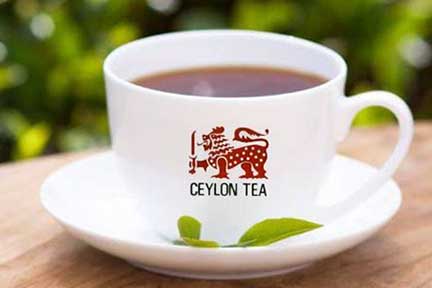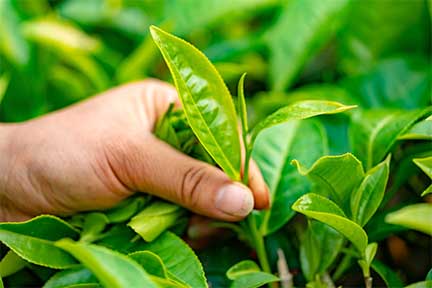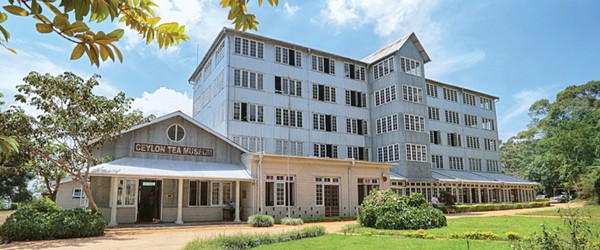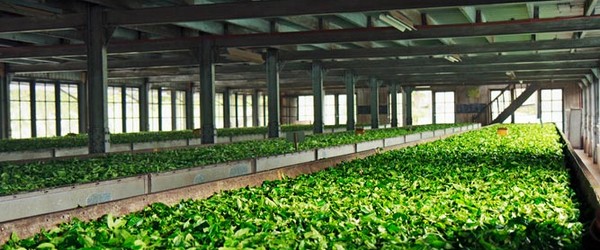
The History of
Ceylon Tea

It was as far back as the year 1824 in which the British brought a tea plant from China to Ceylon (as Sri Lanka was known at the time). It was planted in the Royal Botanical Gardens,Peradeniya and is considered to have been the first non-commercial tea plant in Sri Lanka. After nearly two decades in 1867, James Taylor,Scottish by origin, planted 19 acres of tea in the city of Kandy in Ceylon, at the LooleCondra Estate as the first commercial tea plantation. The eventual sale of LooleCondra teas resulted in 1872, in Kandy and the first tea consignment to London in 1873. These pioneering efforts were done by trial and error and improved over the years via the introduction and improvement of tea processing machines and methods, by different individuals and companies.
The first broking firm John Brothers & Co. was established in 1876 and the first public Colombo auction took place in 1883 under the guidance of the Ceylon Chamber of Commerce (which was established in 1839). The Colombo Tea Traders’ Association was formed in 1894 and in 1925 the Tea Research Institute was established. These organizations helped boost the production and export of Ceylon teas in its early stages.
Pure Ceylon Tea stamped with the Lion logo that symbolizes 100% Pure Ceylon Tea packed in Sri Lanka is world renowned as the finest tea in the world. The export of tea today is one of the most important sources of foreign exchange for the country.
Tea production is one of the main sources of foreign exchange for Sri Lanka (formerly called Ceylon). Sri Lanka is the world’s fourth largest producer of tea. In 1995, it was the world’s leading exporter of tea, (rather than producer) with 23% of the total world export, but it has since been surpassed by Kenya.
The humidity, cool temperatures, and rainfall in the country’s central highlands provide a climate that favors the production of high quality tea.


Branding and Grading
Sign of Quality for Pure Ceylon Tea

Ceylon tea is divided into three groups: High or Upcountry (Udarata), Mid country (Medarata), and Low country (Pahatha rata) tea, based on the geography of the land on which it is grown.



Tea produced in Sri Lanka carries the “Lion Logo” on its packages, which indicates that the tea was produced in Sri Lanka. The use of the Lion Logo is closely monitored by the Sri Lanka Tea Board,which is the governing body of the tea industry in Sri Lanka. If a tea producer demands to use the Lion Logo on his packaging, they need to gain permission from the Sri Lanka Tea Board. The tea board then performs a strict inspection procedure, the passing of which allows the producer to use the logo, along with the “Pure Ceylon Tea – Packed in Sri Lanka” slogan on their tea packaging. Each and every consignment is thoroughly inspected by Sri Lanka Tea board officers before being shipped. Therefore the Lion Logo and the wording is indeed the assurance of the origin of the tea and of its quality.



Grading names which are used in Sri Lanka to classify its teas are not by any means the indication of its quality but indicate its size and appearance. Mainly there are two categories. They are “Leaf grades” and “Smaller broken grades”. Leaf grades refers to the size and appearance of the teas that were produced during Sri Lanka’s colonial era (which are still being used) and the other refers to the modern tea style and appearance.
copyright © 2024 CEYTEA International. all right reserved. | Powered By Zeus Corporation


